Impact story: Global leadership in climate science
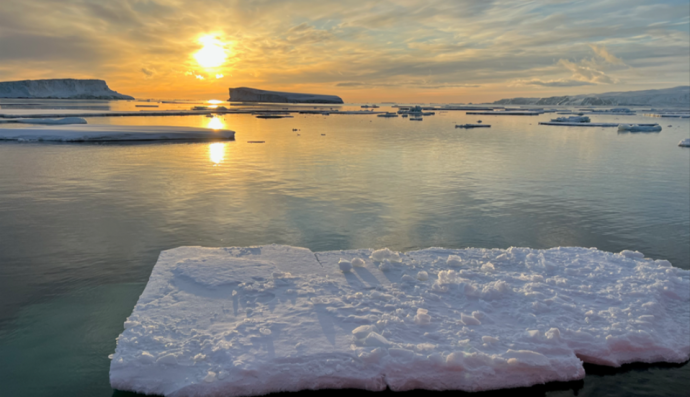
A Marsden Fund grant in 2001 was the first external grant the Antarctic Research Centre (ARC) at Te Herenga Waka — Victoria University of Wellington ever received, and it was pivotal in providing the first paleoclimate evidence that Antarctica’s ice sheets are vulnerable to climate change.
The grant was awarded to Professor Tim Naish NZAM FRSNZ, who was then working for GNS Science. At the time, ARC only had two full-time employees: Emeritus Professor Peter Barrett NZAM, FRSNZ, the Centre’s original director, who was part of the first international Antarctic drilling project in 1972, and Alex Pyne, driller and expedition manager. Receiving the grant meant that Naish was able to make sense of data from the Cape Roberts Drilling Project. From 1997 to 2000, this initiative drilled Antarctic sediment cores to reveal the last time our climate was 3–4 degrees warmer. In 2004, Naish received a second Marsden Fund grant, this time to understand the stability of the West Antarctic Ice Sheet in a warming world.
This research helped pave the way for New Zealand’s involvement in the US$36 million Antarctic Drilling (ANDRILL) programme, which began in 2005 and continued until 2014. ANDRILL was a multinational drilling programme using an ARC-designed system, involving New Zealand, the USA, Italy, and Germany.
It’s not the volume or quantity of grants that matters, it’s the timing. We wouldn’t be here without the Marsdens and the Rutherford Discovery Fellowships because they were pivotal in helping us leverage off other opportunities and to secure more long-term funding. - Professor Tim Naish
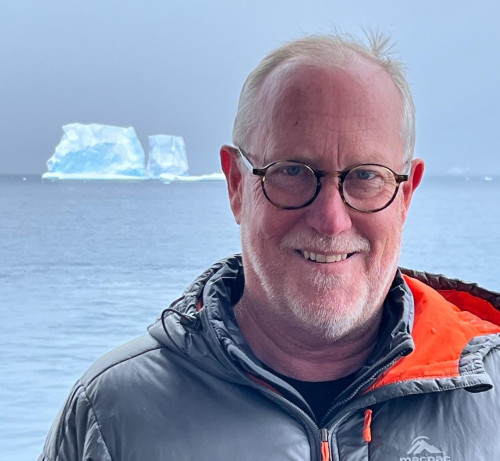
Professor Tim Naish
In 2006 and 2007, during drilling at the McMurdo Ice Shelf, scientists recovered the two deepest rock cores in Antarctica—1,285 and 1,138 metres beneath the sea floor—containing a climate history of the continent going back 20 million years. “There was a whole new area of expertise leveraged off ANDRILL that was transformational,” says Professor Rob McKay, ARC Director. “It changed the way the world perceived the potential impacts of Antarctica ice-sheet melting on sea level in the coming decades-to-centuries, and New Zealand became known for our global leadership in Antarctic science.”
McKay had been a PhD student at ARC in 2005 on the ANDRILL McMurdo Ice Shelf project. His role in ANDRILL provided a platform for him to take on leadership roles within the International Ocean Drilling Project. This initiative has leveraged hundreds of millions of dollars of international research investment for scientific exploration in New Zealand and Antarctic waters over the past decade.
In 2006, the Joint Antarctic Research Institute was established between ARC and GNS Science to allow these organisations to align resources and target investment in Antarctic and related earth science research, and in 2007 enabled the building of the National Ice Core Research Facility, led by Professor Nancy Bertler. NIWA joined the Joint Antarctic Research Institute in 2009.
These research programmes built a reputation for New Zealand’s leadership in Antarctic ice research and changed the way the world understands the impact of climate change.
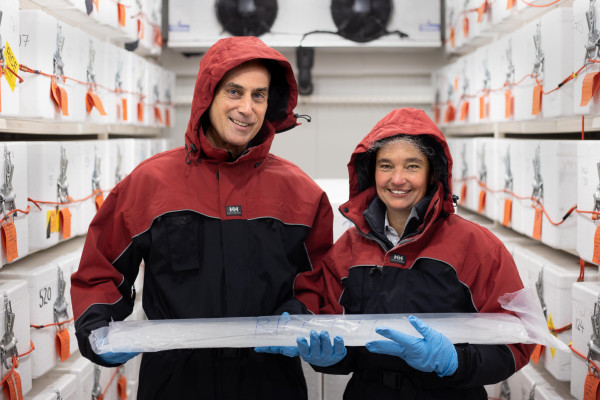
Professors Richard Levy and Nancy Bertler in the ice core freezer at GNS Science.
The prestige of the ARC researchers has seen several become lead authors for the Assessment Report of the United Nations Intergovernmental Panel on Climate Change. These IPCC reports are the basis for international governmental response, such as the Paris Agreement. Naish and ARC Professor of Glaciology, Nick Golledge FRSNZ have both been lead authors for these comprehensive five yearly reports that bring together international research to assess the impact of climate change.
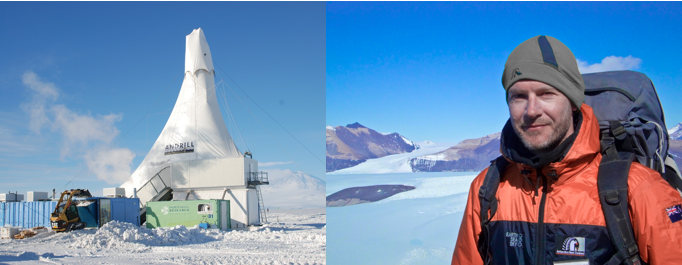
Left: ANDRILL station, image supplied by Associate Professor Christina Riesselman. Right: Professor Nick Golledge.
Critically, the acknowledged scientific excellence of the ARC team, alongside their experience of international partnerships, laid the foundation for the Sensitivity of the West Antarctic Ice Sheet to 2°C of warming (SWAIS2C) project. This is an ambitious international collaboration between nine countries and the International Continental Drilling Programme, leveraging operations and science funding of over $20 million NZD.
“We now know that we are committed to an increase of around 20 m global sea-level rise if we keep global warming above 2 degrees. This was unknown in 2001,” says McKay.
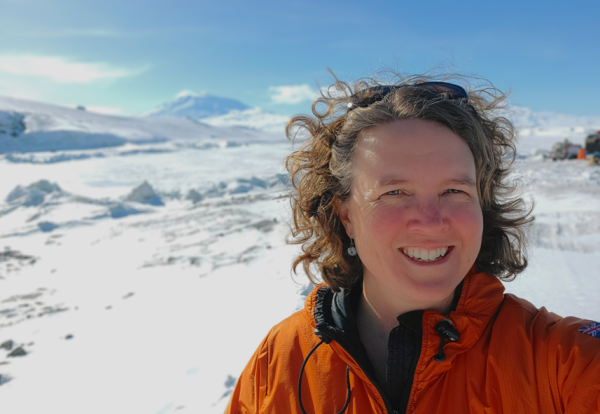
Oceanographer Associate Professor Natalie Robinson, Director, Antarctic Research Platform
Today, the ARC is funded through a variety of international collaboration, philanthropic donations, and MBIE Endeavour Fund grants focused on more direct benefits for Aotearoa New Zealand.
“Within the complex New Zealand research funding landscape, Marsden Fund grants play a critically important role. They allow for higher-risk science to be conducted, but this science is also foundational and can be truly paradigm-shifting,” says Naish.
Networks of collaboration and funding have been instrumental in building New Zealand’s reputation for excellence and leadership in Antarctic and climate science. This is most clearly demonstrated by Naish’s recent election as the Chair of the
prestigious World Climate Research Programme, the international body that coordinates research into the climate system across nations and scientific disciplines for the Assessment Reports of the Intergovernmental Panel on Climate Change.
“It’s not the volume or quantity of grants that matters, it’s the timing. We wouldn’t be here without the Marsdens and the Rutherford Discovery Fellowships because they were pivotal in helping us leverage off other opportunities and to secure more long-term funding,” says Naish.